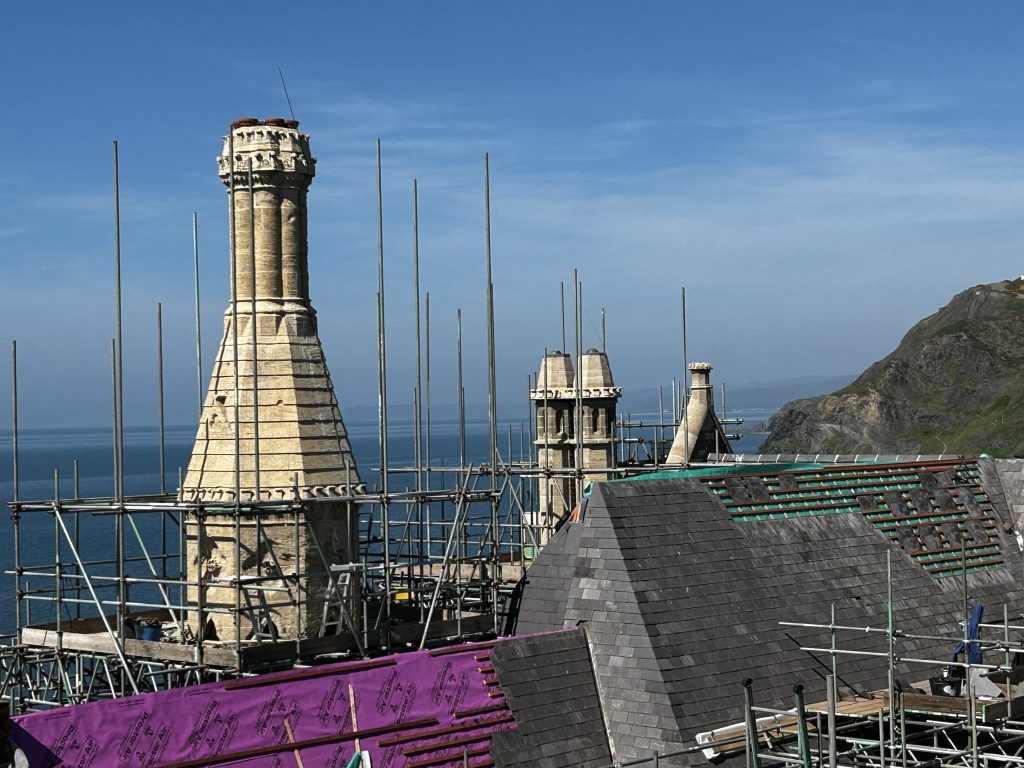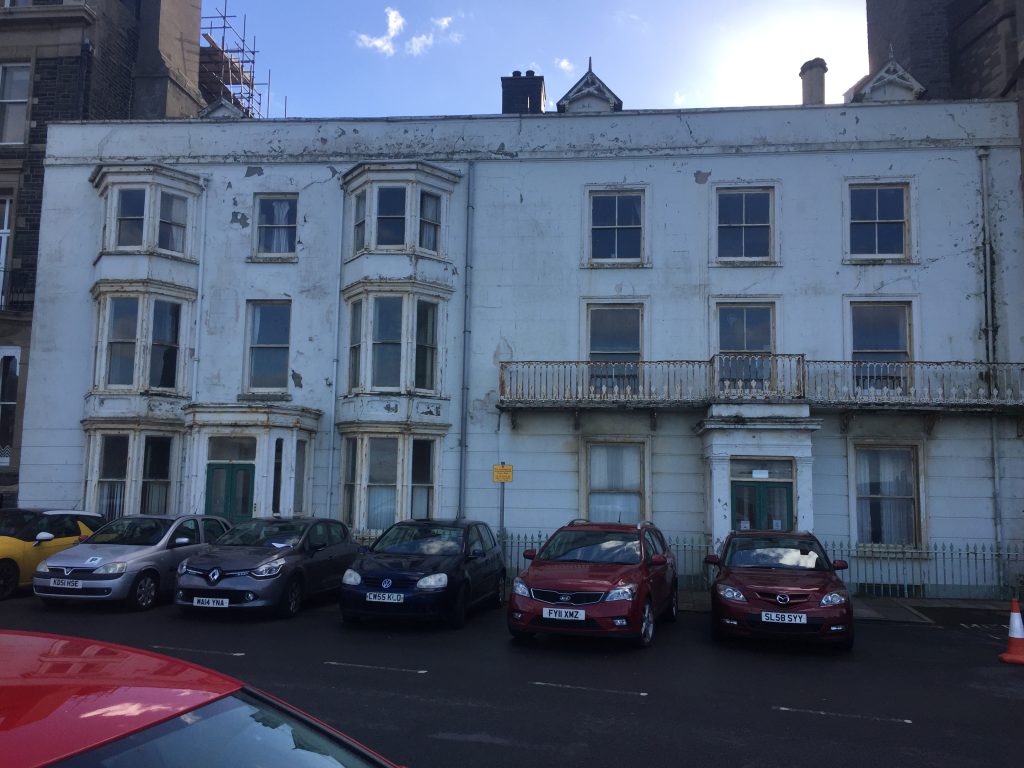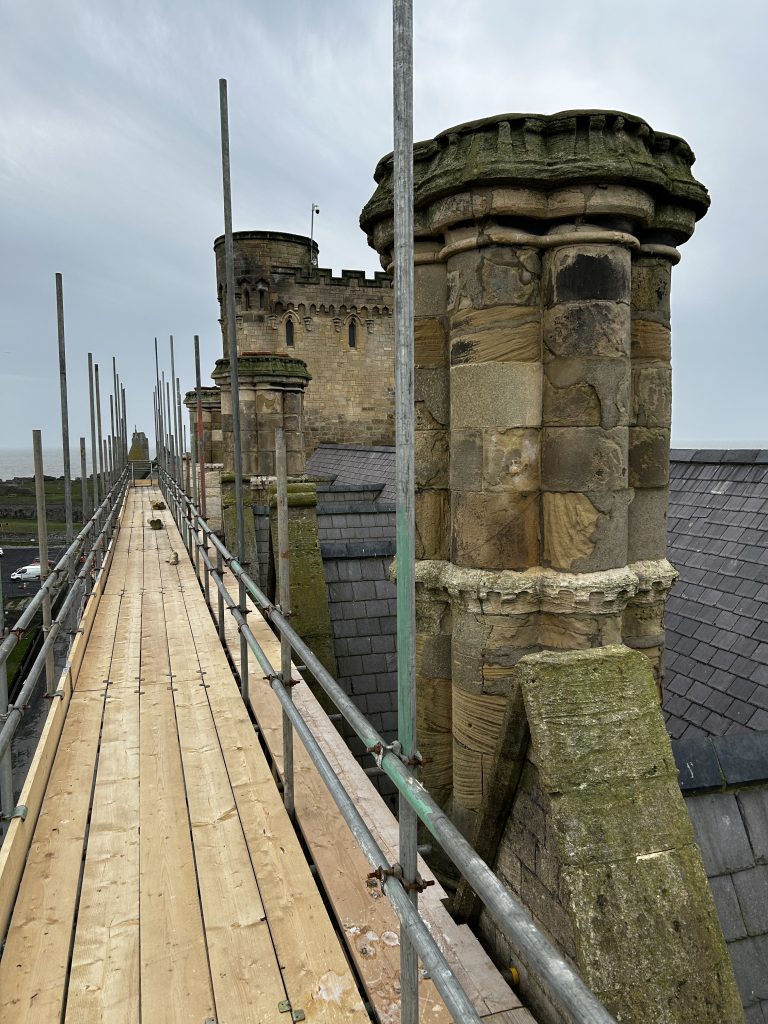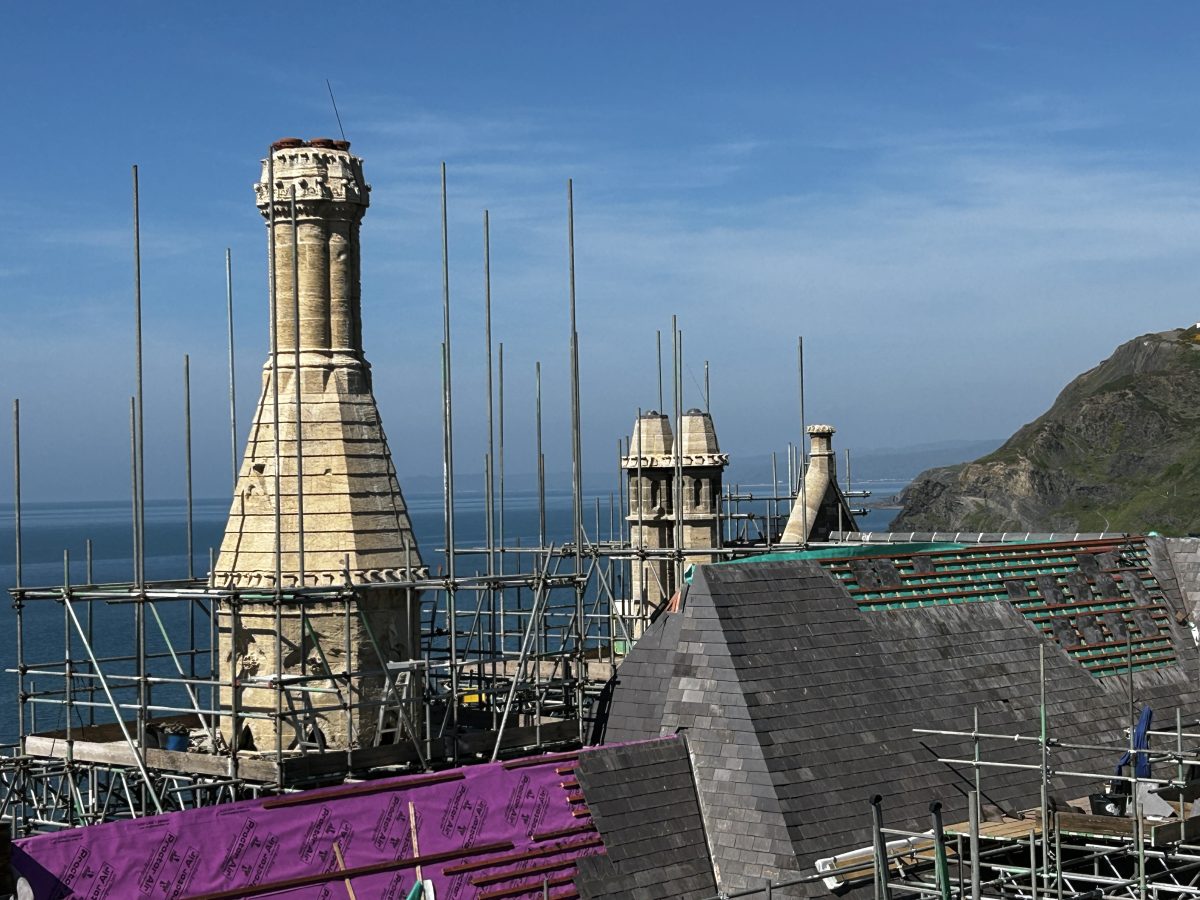
Progress Update on Old College, Aberystwyth
Austin-Smith:Lord has worked with Aberystwyth University to preserve the iconic building of Old College, whilst re-imagining it as a vibrant heritage and cultural attraction that will educate, engage, and stimulate enterprise and research; a project that will deliver major socio-economic benefits for both students and the wider community by throwing open Old College’s doors to enrich lives and stimulate learning across all ages and user groups. Old College, Aberystwyth was the first constituent college of the University of Wales and as such is intrinsically linked with the development of higher education in Wales and of enormous cultural significance.
Following along with Aberystwyth University’s series of restoration updates on the Old College, please find links to the full articles below:
https://www.aber.ac.uk/en/oldcollege/news/news-article/title-282110-en.html
https://www.aber.ac.uk/en/oldcollege/news/news-article/title-282081-en.html
Choosing the colours for the Georgian Villas
During the last week of June, work started on the painting of the Georgian Villas. Chocolate brown and a soft taupe were chosen for Villa 1 in addition to a creamy off-white for Villa 2. The paint used was mineral based by the German manufacturer Keim which has been selected to withstand the seaside climate of the promenade while allowing the building to breathe. Conservation Architect, Matthew Dyer proposed the colour scheme based on research of the early twentieth century with the approval of the local authorities.
As part of this project which looks to transform the Old College into a cultural and creative centre, the villas are being carefully restored to become the main entrance from the Promenade and will include a restaurant, bar and office space. Owing to the numerous changes to the Old College and the villas over the past 200 years, understanding their history informs the nature of the restoration work.
Matthew Dyer explains: “During the project, we have referred to paint analysis reports, historic photographs which we have colourised and also information we have found as we have removed layers of paint to undertake repairs. The scheme selected represents the appearance of the villas when they were finally taken into University ownership in 1919.”
The Old College project is supported by The National Lottery Heritage Fund, the Welsh Government and the European Regional Development Fund, UK Government, the Coastal Communities Fund, The National Lottery Community Fund, philanthropic trusts and individuals.

Preserving the Chimneys
Chimneys are fundamental to the skyline of Old College and their restoration is key to preserving its structural integrity. There are 17 chimney stacks across the North and South Seddon, and Ferguson blocks completed in the 1890s, several include as many as 12 flues from open fireplaces and boilers inside the building.
Over the years, salt has penetrated the porous sandstone and limestone which has gradually corroded their fabric. The poor quality of construction work on some of the chimneys built before the 1870s has intensified the situation and the inferior quality of the stone. The lack of flue liners on others, that would have protected them from the effects of smoke, has added to their challenge of their restoration.
Additionally, the use of cement, rather than lime mortar and plaster to repair some of the damage, has prevented the stone from breathing. The seagull nests have also caused further complications.
As a former hotel, four chimneys on South Seddon served as individual fireplaces in the rooms below. The University’s redevelopment of South Seddon into a science block after 1885 implemented a boiler and an early form of central heating. The chimneys were removed, though some of their workings were retained to provide air circulation.
Open fireplaces were also utilised in the Professors’ studies on the King Street side of the Quad that were built after the great fire of 1885. These fireplaces supplied three four-meter-high chimney stacks that are in the process of being rebuilt, along with another on South Seddon.
As many of the quarries that provided stone in the second half of the 19th century are no longer in use, 15 new samples have been sourced to match as closely as possible to the original stone and their ability to withstand the prom’s coastal environment. The final selection has been approved by the local planning authority and CADW.
Matthew has explained that retaining the chimneys is key to preserving the architectural integrity of the Old College and part the building’s Gothic expression.

